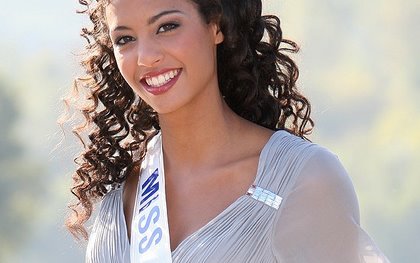Editor’s Note: If you read this article, you will see that the article does not profess that multiracial or fairer skinned black women are or should be a true standard of beauty. The premise is quite contrary. It focuses on the serious error of societal colourism and the damage such erred thinking has on beautiful men, women and children of all shades, hues, ethnicities and races. Project RACE fully believes in and celebrates the beauty and value of all people.

The choice to have European-looking Zoe Saldana play Nina Simone in place of a broader-nosed, darker-skinned actress was seen as the most recent attempt to erase blackness in the media. Despite the fact that Simone was a darker-skinned woman, Saldana, with her olive-hued skin and pointier nose was chosen, which lead to detractors arguing that Simone was being used as the standard for “acceptable blackness”.
Colourism is not only limited to media representation. The natural hair movement has also been called out for it’s lack of representation of black hair. The movement that’s supposed to support and uplift black women owning their blackness by wearing their natural hair has been accused of deifying hair with a looser curl texture over denser, more “kinky” hair types.
Earlier this month Pax Jones, the woman who launched the Unfair and Lovely campaign – a photo series aimed at combating the media underrepresentation, violence and dehuminisation of dark-skinned people – spoke out about the face of the black feminism being biracial and light skinned.
She cited light-skinned and biracial women like Zendaya Coleman and Amandla Stenberg being used as the champions of black feminism at the cost of darker-skinned black women.
Hall argues that the repackaging of black beauty causes women to desire whiteness or have a connection to it and causes damage to the how young people see themselves.
Additional reporting: National Geographic
photo: nomorerace.wordpress.com
